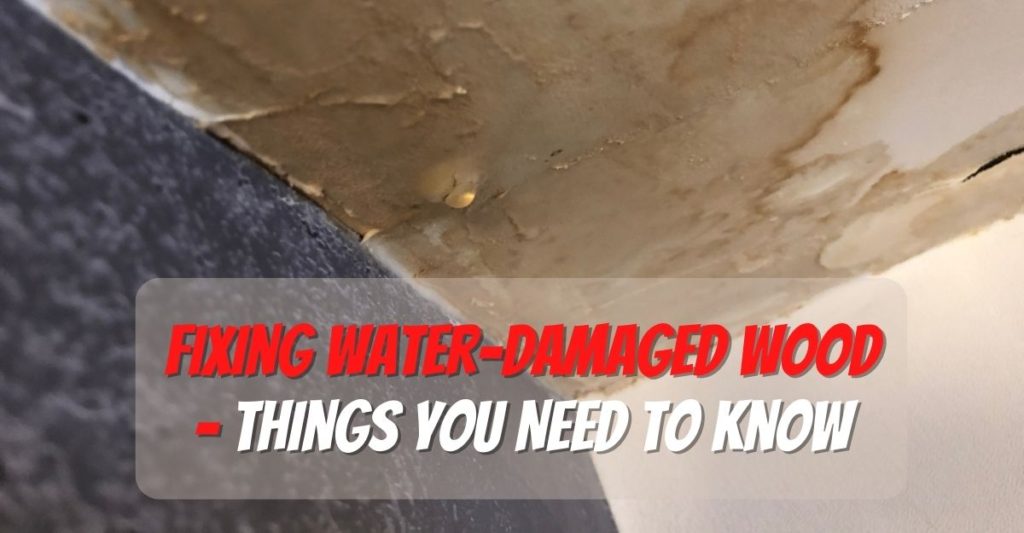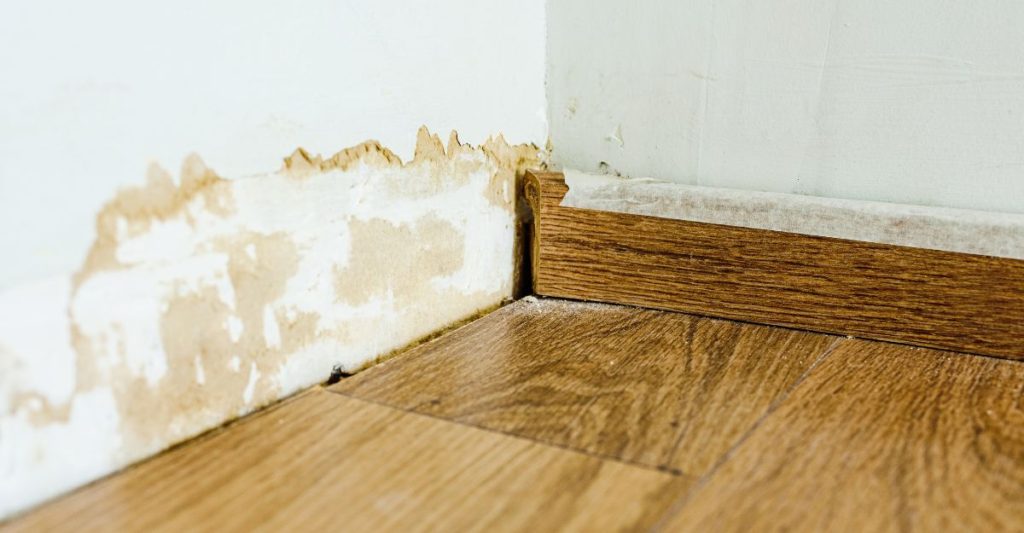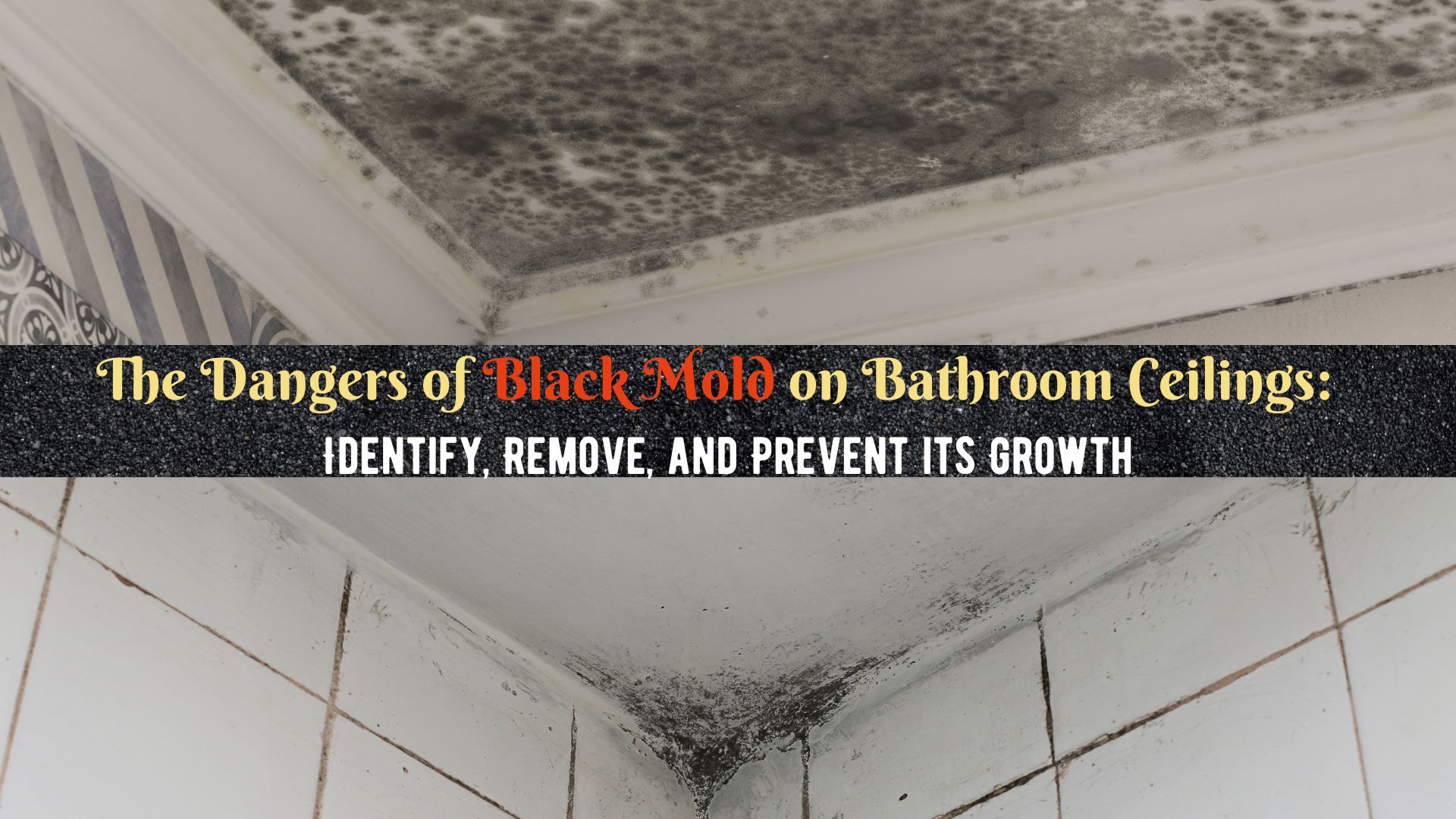
Things You Need to Know About Water-Damaged Wood
Property owners usually encounter water-damaged wood after a disaster involving water, such as a flood, burst pipe, or an undetected leak. A natural material like wood breaks down and decays when exposed to any form of liquid for long periods.
If you have found water-damaged wood in your home or building, immediately contact a specialist that provides services 24 hours in your area.
How to Recognize Water Damage
Various kinds of wood react to water in distinct ways.
Plywood. Plywood is made from layers of wood and adhesive, like glue. Any form of liquid can cause the layers to distort and separate.
Particle Board. This kind of wood sags and wears out when exposed to water or moisture for some time.
Hardwood. Swelling, cupping, discoloration, and staining are the unwanted effects we can see on water-damaged hardwood.
Simple Steps to Repair Your Water-damaged Wood

For slight water damage on wood, you can consider following the given steps below. However, if the damage is extensive, you may need to call in the experts.
Step 1. Find the cause of water damage on wood.
Knowing the main culprit behind your water-damaged wood is the initial step. It could be a natural disaster, sink pump failure, leaky faucet, or faulty appliances that use water.
Step 2. Carefully remove wooden furniture and other affected pieces.
Take out your water-damaged wood furniture and other affected items immediately. The longer they soak in water, the more terrible the damage will be.
Wipe the moisture that seeps into your affected furniture and get them ready for drying.
Step 3. Remove the water completely.
Use wet/dry vacs to remove the water. Then clean away any mold and mildews using your choice mold-removal solution.
To dry things out, use fans and dehumidifiers. You can also bring the wood out to dry in the sun. Be determined and call for professional assistance when damage is serious.
Step 4. Perform the most suitable restoration procedure.
Most of the time, you can repair the affected wooden furniture on your own. But leave the water-damaged walls, flooring, and subflooring to experts.
- Filling, Sandpapering, and Repainting
Fill the holes with mixed filler putty. Next, sand the wood surface once the filler dries up. Then prime and repaint the wood evenly.
- Replacing Affected Wood Pieces
The best solution for severe water damage on flooring is replacing them with new subfloor boards. Remove the decomposed wood and install new wood boards instead of restoring it with sanding.
Ensure that the concrete subfloor has dried thoroughly before installing the new boards to prevent mold growth.
Step 5. Wood Maintenance
Check all your internal and external wood surfaces and structures every six months. If you notice some damage, repair them right away.
Remember:
- Be careful about changing structural wood; it’s crucial to maintain adequate support during the repair procedure. Leave the damaged structural beams to a professional.
- Furniture is more challenging. It would be best to determine the degree of the damage and the repair cost before resolving the problem. You can try slight repairs yourself, but for major ones, let a professional take care of them.
Contact Superior Restoration
Remove water stains immediately once you recognize them. Stains and discoloration on the wood are some common signs of water damage. However, if the impairment caused by water is extensive, leave the entire matter to a professional company like Superior Restoration.
Our highly-trained crews are available 24/7 to give you comprehensive water damage repairs. We only use modern techniques and equipment to restore your property back in order.
If you have additional questions about our services, do not hesitate to call us today.




